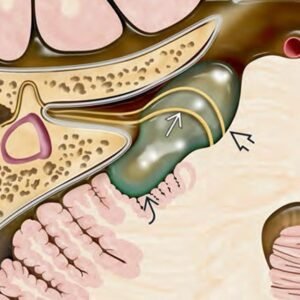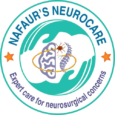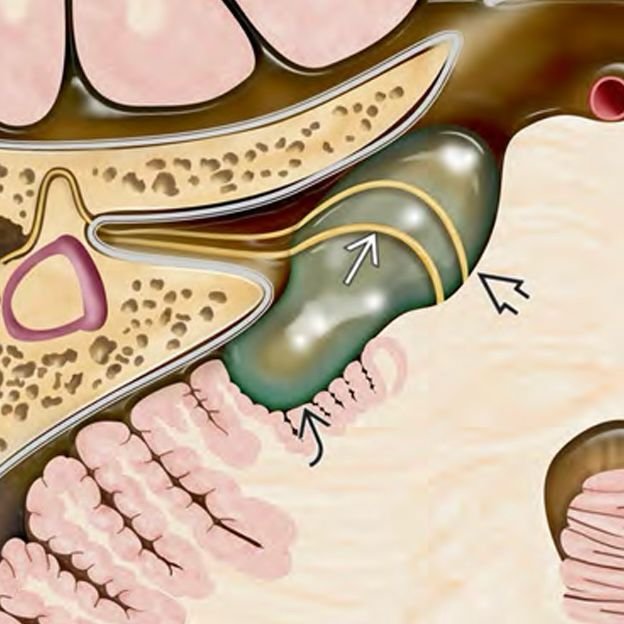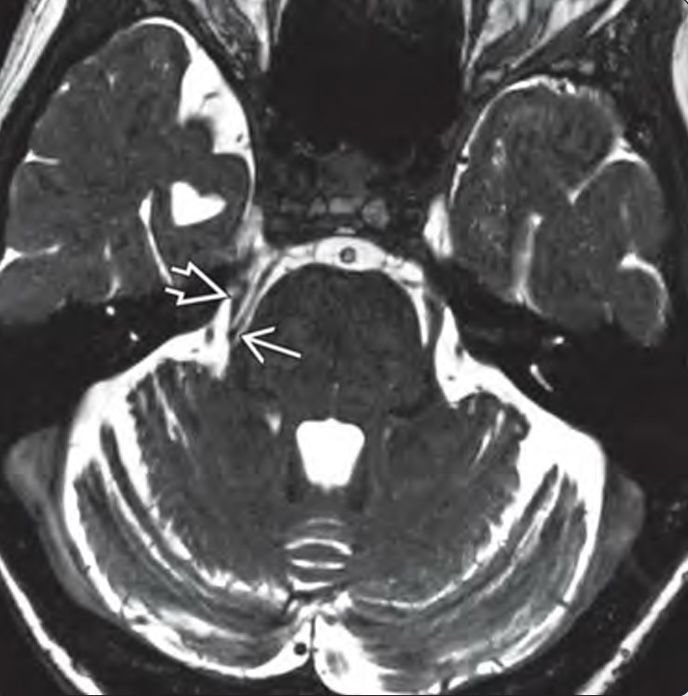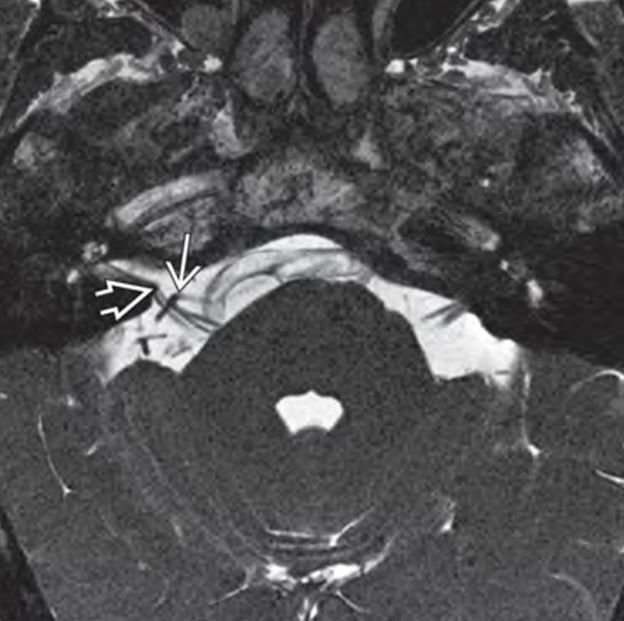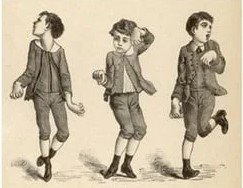Movement Disorders
Movement Disorders
Pediatric movement disorders refer to a diverse group of neurological conditions that affect a child’s ability to control body movements. These may involve excessive, involuntary movements, abnormal postures, or slowness and stiffness, often affecting quality of life, school participation, and independence. Movement disorders in children can result from congenital, genetic, metabolic, infectious, or traumatic causes. In Bangladesh, delayed diagnosis, limited access to pediatric neurologists, and lack of advanced neurosurgical services contribute to under-treatment of these disorders. Dr. Md. Nafaur Rahman, a leading pediatric neurosurgeon in Bangladesh, specializes in identifying surgically manageable causes and works in a multidisciplinary team to provide holistic treatment for children with complex movement challenges. 🌍 Movement Disorders in Bangladeshi Children – A Growing but Underdiagnosed Concern In Bangladesh, thousands of children live with undiagnosed or untreated movement disorders due to: 🚼 Perinatal brain injury or birth asphyxia 🧠 Cerebral palsy with dystonia or chorea 🧬 Genetic or metabolic conditions (e.g., Wilson’s disease) 🧒 Misdiagnosed epilepsy or behavioral issues 🚫 Lack of trained pediatric movement disorder specialists ❌ Minimal awareness about surgical treatments like Deep Brain Stimulation (DBS) or selective rhizotomy ⚠️ Common Pediatric Movement Disorders Seen in Bangladesh Dystonia Sustained or intermittent muscle contractions causing twisting or abnormal postures Can be primary (genetic) or secondary (e.g., cerebral palsy) Chorea and Athetosis Involuntary, unpredictable movements of limbs or face Often seen in post-kernicterus or CP patients Tics and Tourette Syndrome Repetitive, sudden movements or vocalizations May disrupt school and social life Parkinsonism (Rare in children) Rigidity, tremor, and slowed movements Can occur due to Wilson’s disease or metabolic disorders Myoclonus Sudden jerks of muscles or groups of muscles May be epileptic or metabolic in origin Spasticity with hyperkinetic features Seen in mixed CP or severe birth injuries 🧪 Diagnosis – A Comprehensive Neurological Workup Dr. Nafaur Rahman ensures that every child receives a detailed, accurate diagnosis using: 🧠 MRI of brain and spine – To detect structural, acquired, or congenital causes 🧬 Genetic testing – For inherited disorders like DYT dystonias, Wilson’s disease 🧪 Metabolic panels – For mitochondrial or neurotransmitter disorders 📹 Video gait and movement analysis – To document patterns and triggers 🩸 Liver function and ceruloplasmin – Especially in suspected Wilson’s disease 🧑⚕️ Multidisciplinary team evaluation – Including pediatric neurologist, physiotherapist, occupational therapist, and psychologist “Correct diagnosis leads to the right treatment. In many cases, surgery can restore function, dignity, and independence.” — Dr. Md. Nafaur Rahman 🛠️ Treatment of Pediatric Movement Disorders – A Multimodal Approach 1. 💊 Medical Therapy Anticholinergics, benzodiazepines, levodopa – Used based on underlying cause Botulinum toxin injections – For focal dystonia or spasticity Tetrabenazine or valproate – For hyperkinetic disorders 2. ⚙️ Neurosurgical Interventions a) Deep Brain Stimulation (DBS) Electrodes are implanted in specific brain nuclei (e.g., GPi) Effective for primary dystonia and selected secondary dystonias Reduces involuntary movements and improves control b) Selective Dorsal Rhizotomy (SDR) Performed in children with spastic-dystonic CP Reduces stiffness and improves mobility c) Intrathecal Baclofen Pump (ITB) For generalized spasticity with dystonia Delivers medication directly to spinal fluid d) Lesioning Procedures (e.g., Pallidotomy) Used in cases where DBS is not feasible May be considered in low-resource settings “Pediatric movement disorder surgery is available and effective—even in Bangladesh—with the right team and timing.” — Dr. Md. Nafaur Rahman 🔁 Rehabilitation and Long-Term Support Dr. Nafaur Rahman emphasizes post-surgical and medical rehabilitation as a core part of treatment: 🧒 Intensive physiotherapy and occupational therapy 🧠 Speech therapy for oromotor involvement 🎓 School support and special education 🧑⚕️ Regular follow-ups for therapy adjustments 💬 Family counseling and training in home-based care 🚨 Risks of Untreated or Mismanaged Movement Disorders 🧑🦽 Loss of mobility and self-care skills ❌ School dropout and social exclusion 💔 Emotional distress and behavioral issues 🦴 Musculoskeletal deformities due to abnormal postures 🔁 Risk of falls and injury 📉 Lower overall quality of life and increased caregiver burden 👨⚕️ Why Choose Dr. Md. Nafaur Rahman? 🧠 Highly trained in neurosurgical management of pediatric movement disorders 🏥 Based at NINS, Bangladesh’s top neuroscience institute 🧒 Integrates medical, surgical, and rehabilitative care ✅ Specializes in Deep Brain Stimulation (DBS), ITB pump, and Selective Rhizotomy 🤝 Multidisciplinary team approach with pediatric neurologists, rehab experts, and special educators 📞 Contact Dr. Md. Nafaur Rahman Today for Expert Help Assistant Professor, Pediatric Neurosurgery, NINS Chief Consultant, Bangladesh Paediatric Neurocare Centre 📞 For Serial/Appointments: 01912988182 | 01607033535 🌐 Visit: www.neurosurgeonnafaur.com
